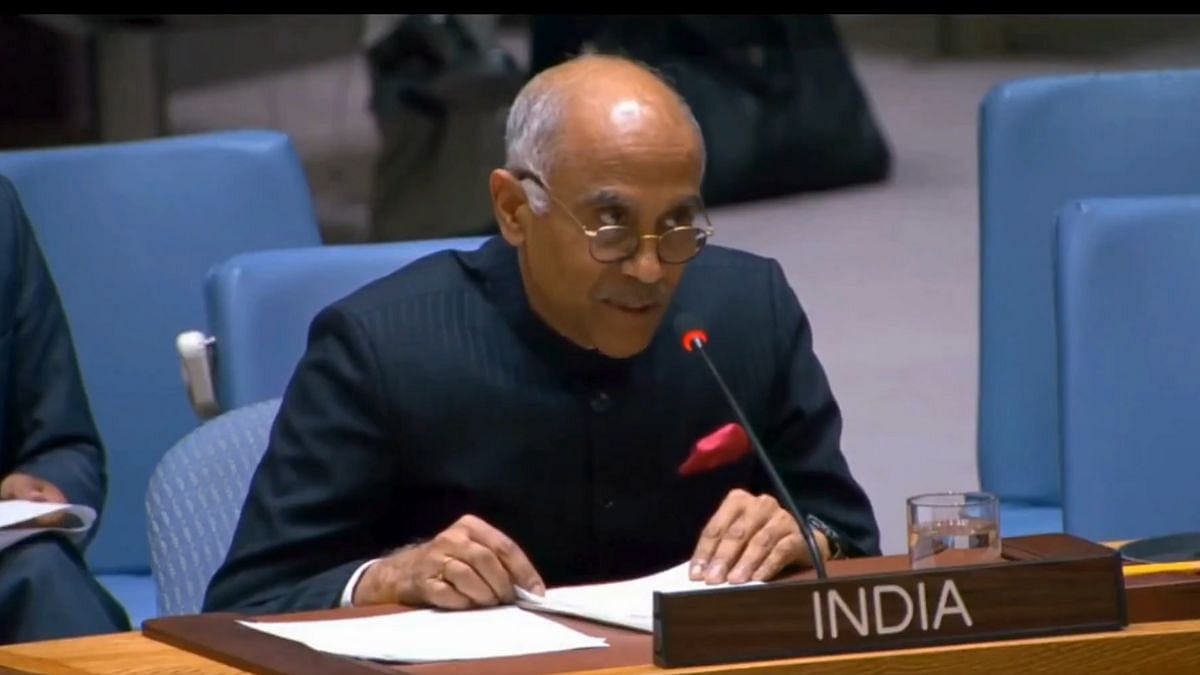The Pulwama terrorist attack was mind-numbing brutality. Jaish-e-Mohammed has claimed responsibility, and it operates from Pakistan. The deadly attack needed sophisticated planning, logistics, arms procurement, fund flow and sensitive information. All this is not possible without some sort of institutional and well-entrenched support infrastructure. Of course, all this is stating the obvious, but it bears repetition.
So, all of this points to the involvement, directly or indirectly, with deniability of the intelligence apparatus i.e. ISI, perhaps the military establishment, and the State too. Unfortunately, it points to massive intelligence failure on India’s side, a fact acknowledged by the Governor of Jammu and Kashmir, too. Even more unfortunately, the Pulwama killing has set the stage for a potentially incendiary and highly polarising social and political environment in India.
Not just the attacks on and threats to Kashmiri students and people scattered around the country, but also an economic blockade kind-of-treatment to the State. India goes to elections in less than three months, with the milieu increasingly polarised anyway, on non-economic issues. Pulwama just adds more fuel, and it won’t be long before the terrorist attack gets politicised and becomes a major campaigning tool.
What pressure can India bring on Pakistan in response to Pulwama? Surely it involves diplomacy, economics and geo-politics. Jaish-e-Mohammed has already been declared a terrorist organisation by the United Nations in 2001. Even then, it has operated with impunity on Pakistani soil. The United States and another fifty-odd countries have condemned the Pulwama massacre.
It might just be water off a duck’s back, or there may be some minor consequence. On the economic front, India has slapped a 200 percent import duty on all imports from Pakistan, and withdrawn the “most favoured nation” status. The MFN term is misleading, because all it means, is that all WTO members must extend the same market access to every trading partner. It is like “equal status” rather than “most favoured”.
But in exceptional circumstances, countries are allowed to withdraw MFN. But bear in mind that Pakistani imports are just 488 million dollars, less than 0.01 per cent of India, and less than two per cent of Pak’s total exports. So, this too is of symbolic value. The two neighbouring nations have almost non-existent trade and commerce links, despite a huge potential and common history. South Asia is the only region in the world where intra-regional trade is minuscule, constituting less than five per cent of the total foreign trade.
Pakistan’s economy is about 300 billion dollars, one eighth the size of India. Pakistan carries an increasingly unsustainable debt. The total debt of the government in domestic currency is roughly 27 trillion (Pak) rupees, of which foreign debt is a 100 billion dollars. This requires USD12 billion merely for annual servicing. But the country has reserves of barely 8 billion dollars, equivalent to less than three months of exports.
The currency has depreciated by more than 35 per cent in the last one year, since December 2017. The international rating agencies peg Pakistan below investment grade, i.e. junk grade. Its foreign investment has dropped by nearly 20 per cent in the last one year. Its defence budget is unsustainably high. Hence the newly elected government under Prime Minister Imran Khan has been on an aggressive diplomatic drive to secure funding from overseas. And he seems to be succeeding.
Just two days after Pulwama, the Crown Prince of Saudi Arabia Mohammed bin Salman (MBS) has brought a delegation with an entourage that includes businessmen and government officials to offer investments up to 20 billion dollars. This includes a 10-billion-dollar petrochemical complex and refinery at the port city of Gwadar. Remember that the Saudi company Aramco is also negotiating to participate in a mega 44 billion refinery in the Konkan coast of Maharashtra.
The Saudis have a sovereign wealth fund of nearly one trillion dollars, of which these numbers would make up a small fraction. Prior to this anticipated Saudi investment, it had already extended six billion in emergency aid to Pakistan, of which half was concessional debt when the PM Imran Khan visited Riyadh. The Chinese, too, are expected to pour a total of more than 60 billion in the Belt and Road Initiative, including the controversial China Pakistan Economic Corridor, which passes through Pakistan Occupied Kashmir.
The United Arab Emirates (UAE) is expected to allocate nearly 30 billion dollars in investments to Pakistan. The US has said that it will review Pakistan’s bailout request to the IMF, including the country’s debt position and could pressure the IMF to extend an emergency loan. The IMF has already given Argentina a historic record bailout loan of USD 57 billion.
Pakistan, despite a failing economy and highly unsustainable debt, can count on help that adds up to well over USD100 billion from its geopolitical friends Saudi Arabia, UAE and China. Saudi Arabia sees Pakistan as a countervailing force to unfriendly Iran.
China has its reasons and these include access to the Gwadar Port and the Arabian Sea. So, even though Pakistan has a failing economy, with friendly geopolitical support, it is going to grow. Thus, it seems that the future course of history in the subcontinent will be influenced by this kind of debt leverage.
Ajit Ranadeis an economist and Senior Fellow, Takshashila Institution. (Syndicate: The Billion Press)









